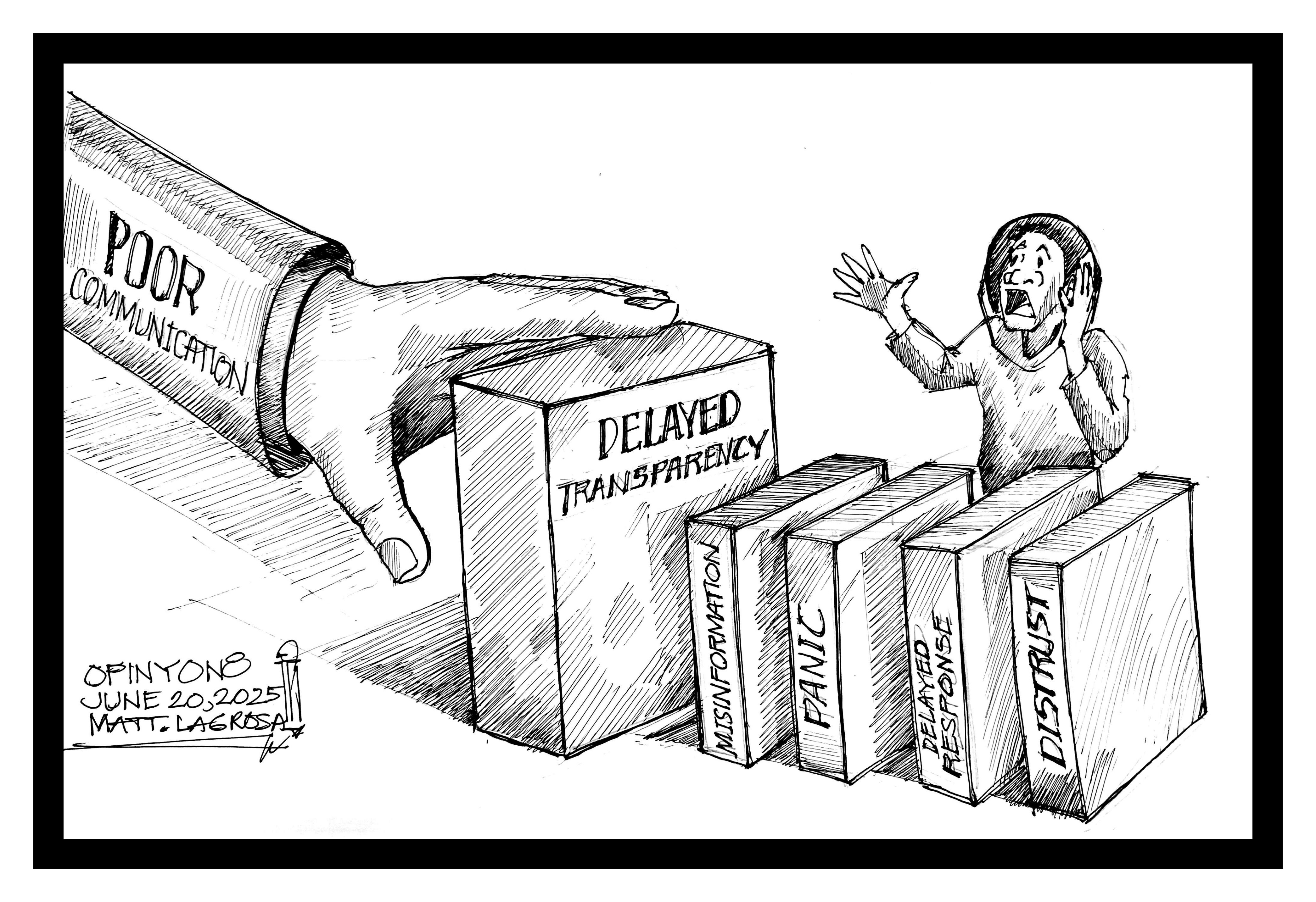Transparency and timely information are critical pillars of public health.
When these are compromised, communities face increased health risks, eroded trust, and unnecessary suffering.
Across the globe, from urban centers to rural towns, delayed or concealed health information has repeatedly turned preventable issues into public crises.
One stark consequence of a lack of transparency is the spread of misinformation.
When official sources withhold vital data—whether about a disease outbreak, water contamination, or air pollution—rumors and speculation fill the vacuum.
This often leads to panic or, conversely, dangerous complacency. In both cases, the health of the community suffers.
Delayed dissemination of information also hampers timely intervention.
Health professionals and policymakers rely on accurate, up-to-date data to make decisions about containment, treatment, and resource allocation.
Without it, life-saving measures are slowed or misdirected.
In past public health emergencies, including outbreaks of infectious diseases and environmental hazards, lives were lost simply because warnings came too late.
Moreover, trust—once broken—is hard to rebuild. Communities that feel misled or kept in the dark are less likely to follow future public health guidance, even when it is in their best interest.
This skepticism can linger for years, undermining vaccination campaigns, emergency responses, and public health initiatives.
To protect public well-being, transparency must be treated not as a courtesy, but as a core responsibility of health authorities.
Proactive communication, open data-sharing, and prompt alerts are not optional—they are essential. Only through openness can communities respond effectively, act responsibly, and ultimately stay safe.
#WeTakeAStand #OpinYon #OpinYonNews #Editorial
